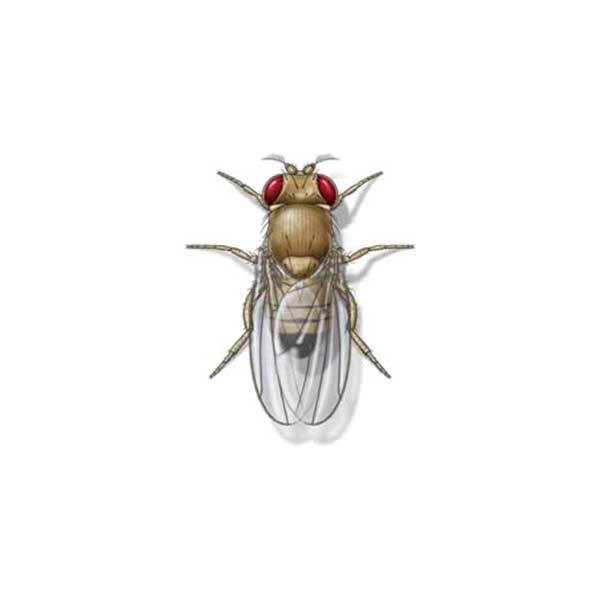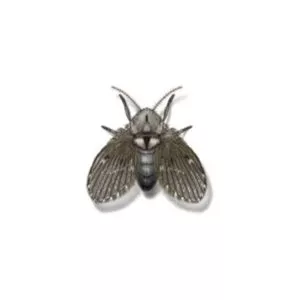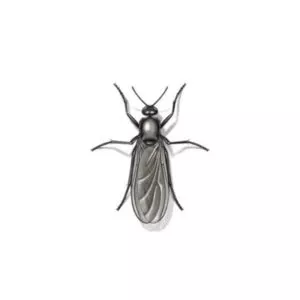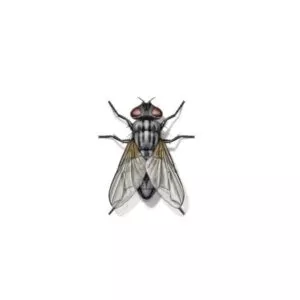Fruit Flies in Central and Eastern Virginia
Over 177 species of fruit flies occur in North America, north of Mexico, and eight species are believed to be common in the United States. The scientific name, Drosophila, means “lover of dew” probably suggesting these flies require moist environments to reproduce. They are known as fruit, vinegar, or pomace flies and are often confused with other small flies found in structures. Fruit flies are vectors of disease, consuming bacteria and sugar from decaying foods and can often be seen near bowls of fruit, glasses of wine, garbage, and trash cans.
Fruit Fly Habitat
Fruit flies are small flies that can pass through ordinary insect screens and are often found in homes, restaurants, fruit markets, bars, salad bars, and any other place where fruits and vegetables are found. They will often enter structures from nearby dumpsters, trash receptacles, and damp compost piles where fruits and vegetables have been disposed of. Fruit flies lay large numbers of eggs on fruit, and the hatched larvae feed on the fruit. Fruit flies are active during periods of warm weather; single generations may develop in less than a week when temperatures are between 80° and 89°F.
Fruit Fly Behaviors, Threats, or Dangers
Unlike some insects, fruit flies do not sting or bite. They are primarily nuisance pests, however, results of a recent study showed that fruit flies are capable of transferring E.coli, Salmonella, and Listeria to surfaces and relocating E.coli from a contaminated source to fresh, ready-to-eat food. Although fruit flies spend the majority of their time on fermenting foods, they also travel to dishes, flatware, drinking glasses, and even toothbrushes. While you may not consume the contaminated produce itself, when you eat or drink from these objects, you’re exposed to the same bacteria the fruit fly has transported from site to site. If you are dealing with a fruit fly problem on your property, contact your local exterminators.
Need help with Fruit Flies?
Get started with a FREE quote!




